Key in a search term below to search our website.
Key in a search term below to search our website.
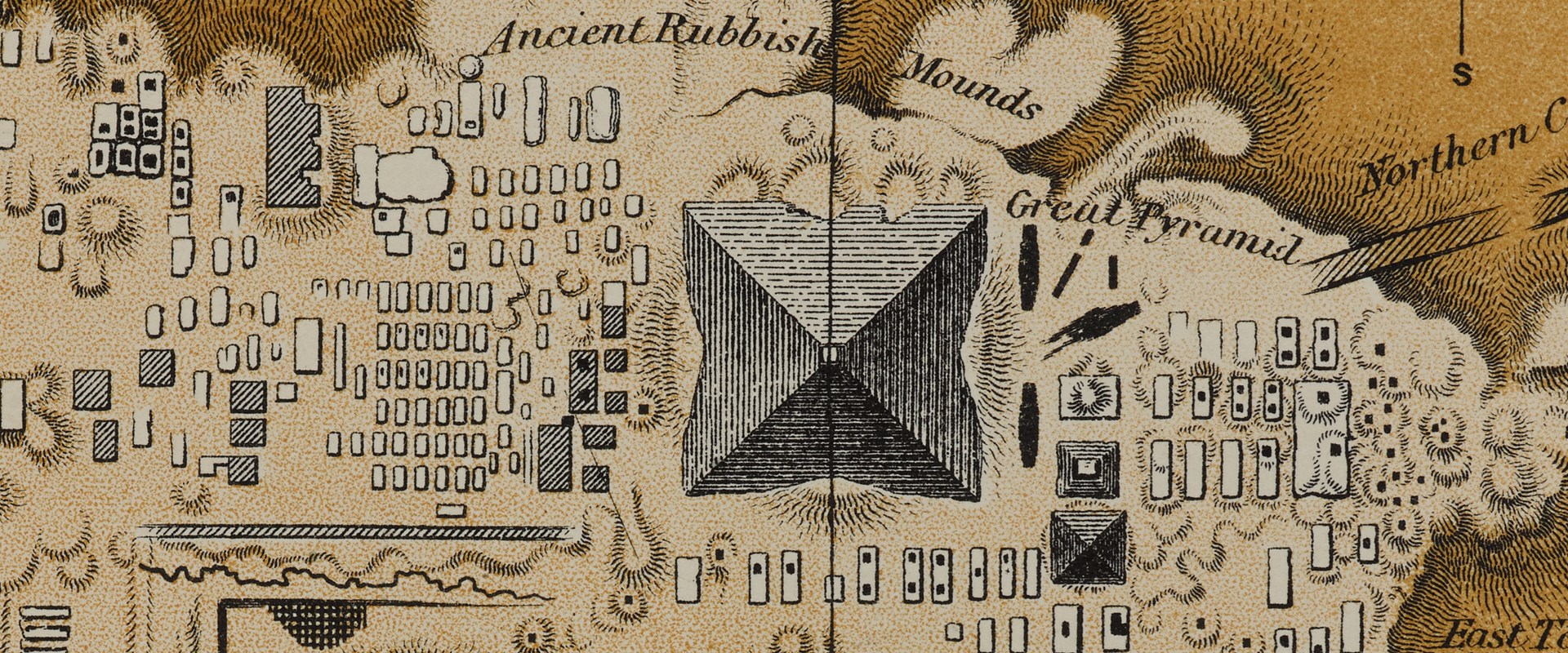
An incredible array of Egyptian objects can be found in museums across Scotland, from tiny amulets to massive stone monuments. National Museums Scotland and museums across the country are studying these artefacts together to improve our understanding of ancient Egyptian culture and Scotland’s contribution to Egyptology.
Over the past 200 years, Scottish archaeologists, scholars and artists have contributed to the study of ancient Egypt. Scottish museums, societies and individuals were active collectors of ancient Egyptian artefacts, as well as fundraisers for professional excavations in Egypt in the late 19th and early 20th centuries. The objects they collected and received created the foundation for Egyptology collections across Scotland.
Find out more about the stories of some of these individuals and museums in these films. The films were created to accompany the touring exhibition Discovering Ancient Egypt.
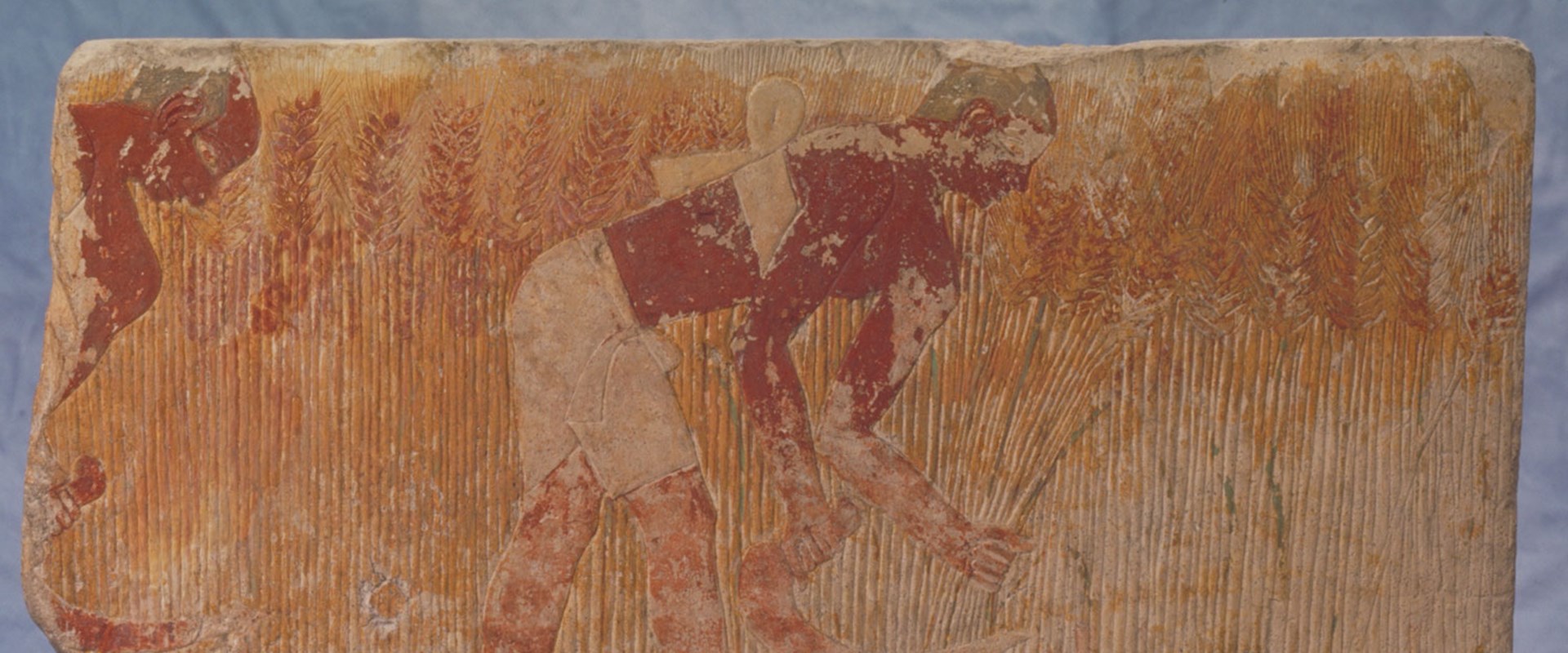
Courtesy of University of Aberdeen
Aberdeenshire-born Dr James Grant Bey (1840–1896) travelled to Egypt in 1866 to help treat a cholera epidemic in Alexandria. The Khedive (Viceroy of Egypt) awarded him the title ‘Bey’ in honour of his services. He made Cairo his home and became one of the most important figures in Egyptological circles at the time. Most significantly, he took a young Flinders Petrie under his wing when he first arrived in Egypt, before Petrie went on to become possibly the most influential archaeologist in Egyptology. Grant negotiated for Petrie in Arabic and introduced him to his right-hand man Ali Gabri.
While in Egypt, Grant built up an important collection of several thousand objects, which he made accessible to other scholars in Cairo. This included important Old Kingdom statuary and reliefs since Cairo was the site of the ancient capital city of Memphis during the Old Kingdom (c2686–2181 BC). As a doctor, Grant also had an interest in studying ancient Egyptian anatomy and the mummification process. His cabinet of scarabs demonstrates his systematic approach to collecting and the level of knowledge he built up about the objects in his collection. He donated much of his personal collection to the university where he studied, the University of Aberdeen.
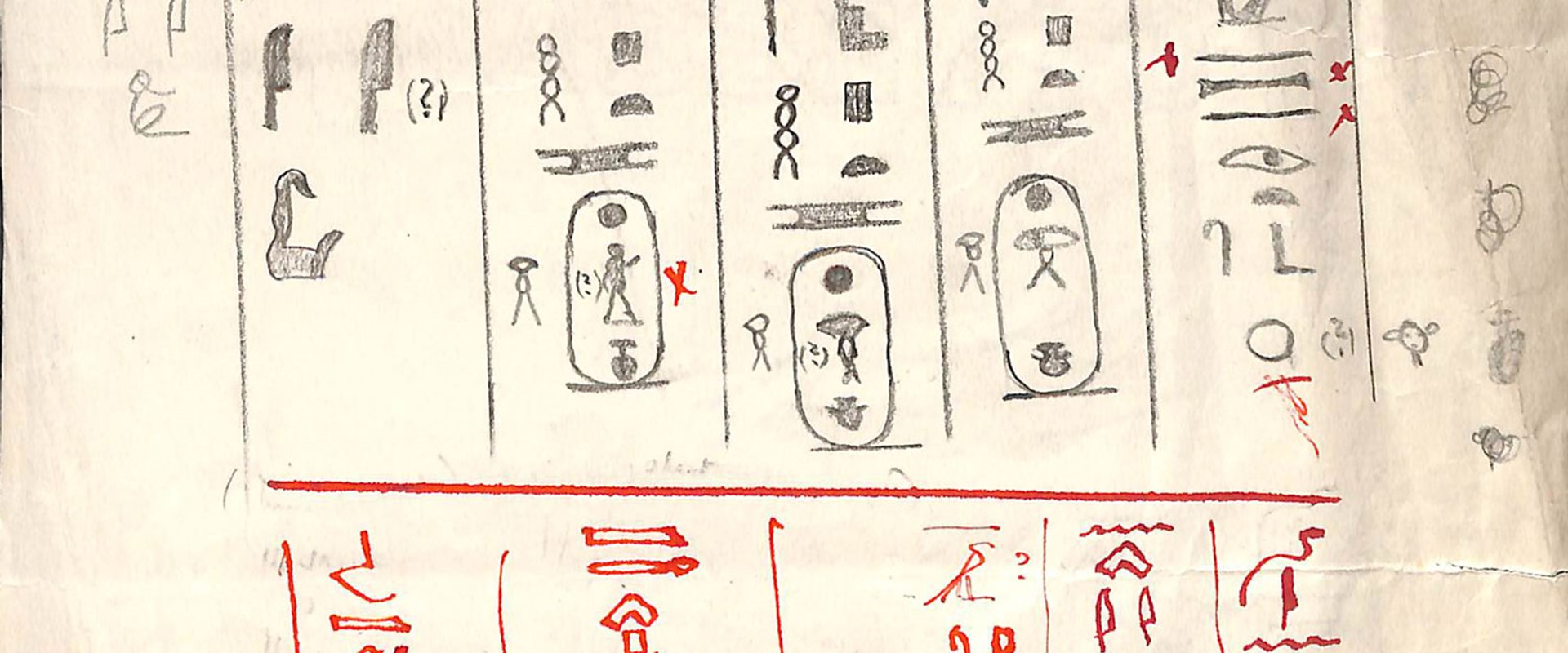
Courtesy of Leisure and Culture Dundee
Reverend Colin Campbell (1848–1931) was not only a minister, but also a polymath with a passion for Egyptology. He travelled in Egypt, collected extensively, and published many books and articles on the objects and tombs that he studied. He became the local representative of the Egypt Exploration Fund for Dundee. He championed Egyptology to the people of Dundee, sharing his expertise and helping to build the collection there.
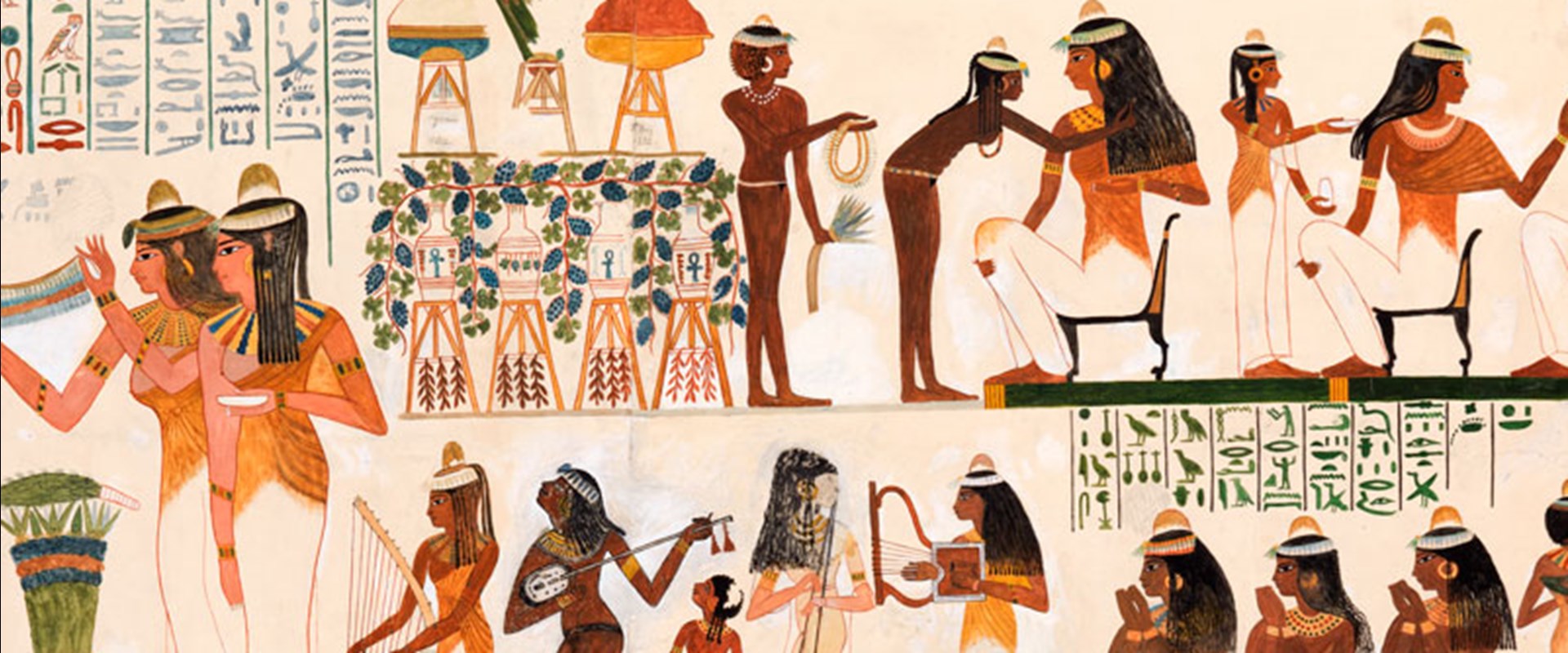
Courtesy of The Hunterian
Reverend Colin Campbell donated some of his collection to the University of Glasgow, where he himself had studied. This donation included extraordinary, life-size replicas of tomb paintings which he had laboriously copied over many weeks in several Theban tomb chapels, including most of the entire tomb of Menna, famed for its beauty. His faithful rendering of the scenes in their original colours allows viewers to experience the scenes on the walls as if they were really there. His collection also included many ostraca (inscribed scraps of stone or pottery used as informal writing surfaces) from Deir el-Medina, the village of the workmen who built the royal tombs in the Valley of the Kings, which offer fascinating snapshots into daily life there.
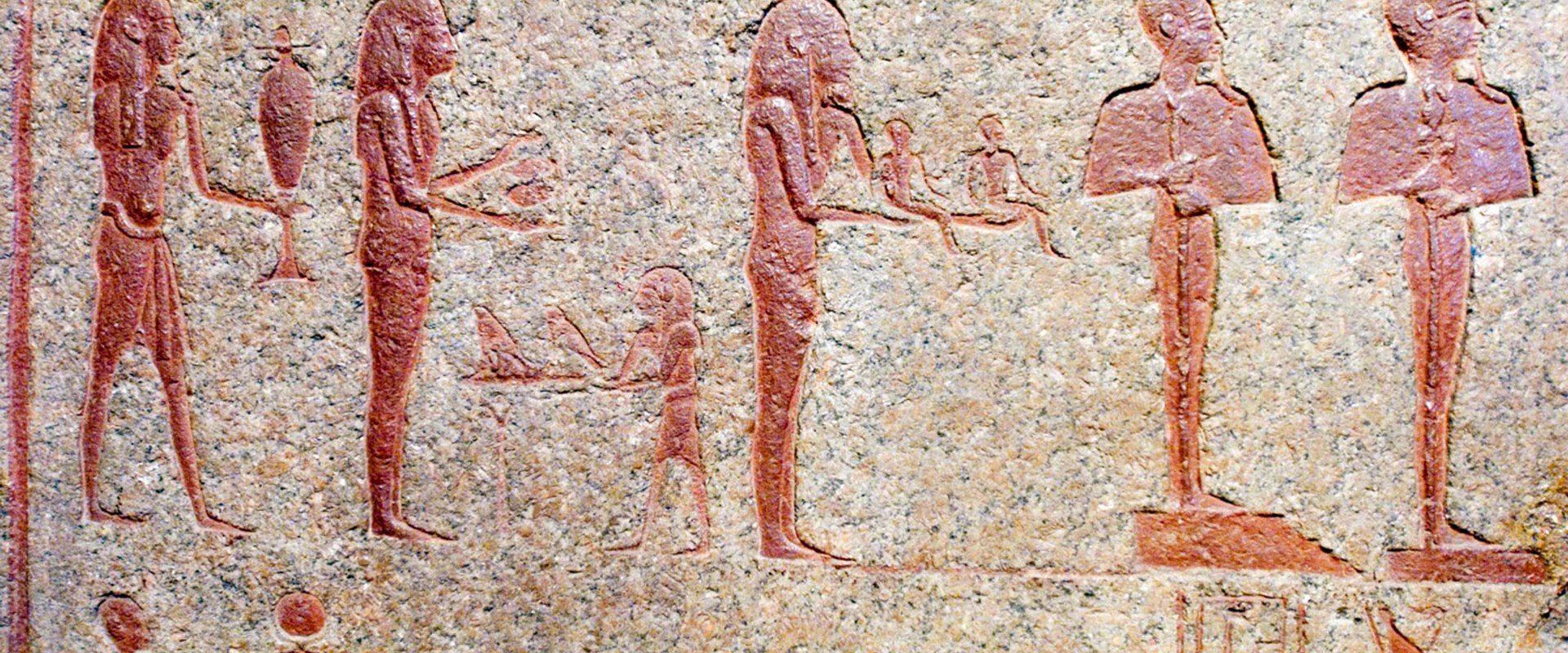
© Museums Galleries Scotland
Many museums across the UK, including the McLean Museum in Greenock and Paisley Museum, subscribed to the Egypt Exploration Fund. These subscriptions funded professional excavations in Egypt and in return these museums received a share of the finds. From 1888–1914, the Museum in Greenock subscribed to the Egypt Exploration Fund’s excavations. The fundraising efforts were led by the chemist and Egyptology-enthusiast Thomas Law Patterson. The local newspaper in Greenock encouraged donations to the cause and even the EEF-founder Amelia B. Edwards, who played a leading role in shaping Egyptology, visited to give a lecture. The McLean received a number of significant objects for its contributions, in particular a large red granite relief fragment from the Great Temple of Bastet at Tell Basta, built for King Nectanebo II (360–342 BC).
After her lecture in Greenock, Amelia Edwards gave a talk in Paisley and convinced them to support the society’s excavations in Egypt. When Paisley Museum’s support lapsed, it may have been the discovery of Tutankhamun’s tomb in 1922 that prompted them to donate again. They received objects from excavations at the site of Amarna, the city where Tutankhamun grew up.